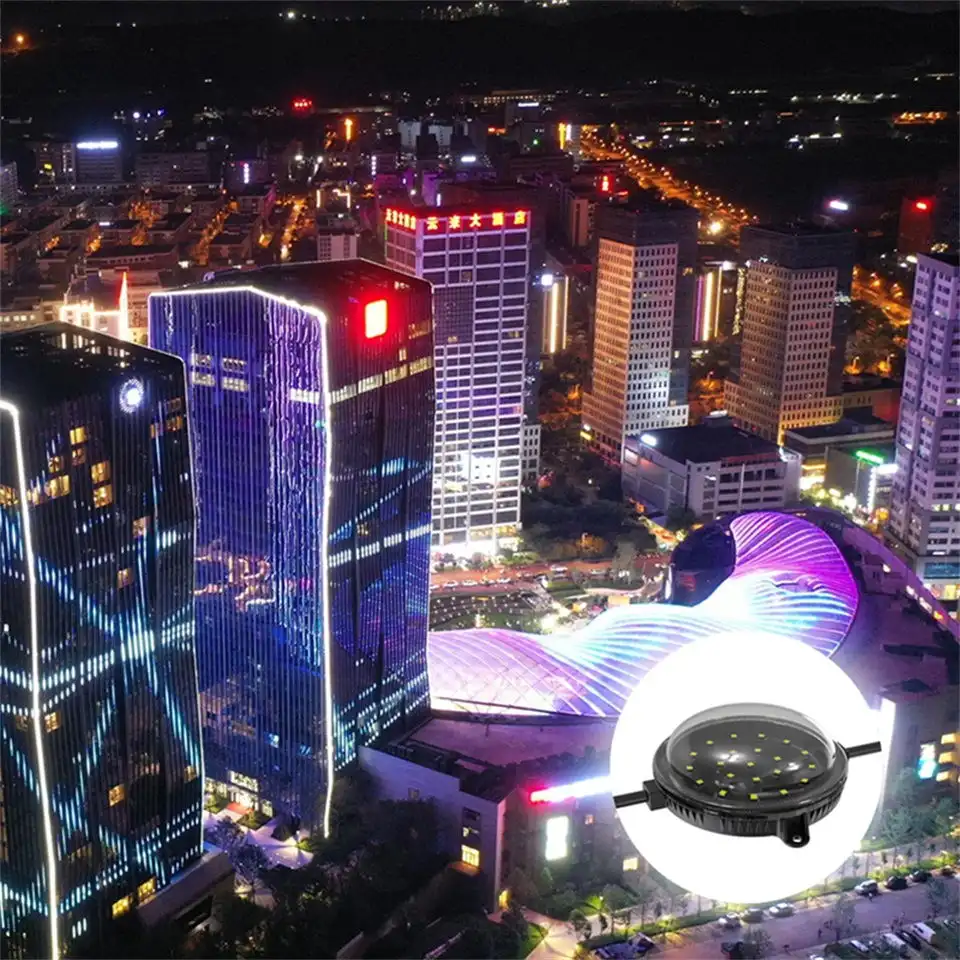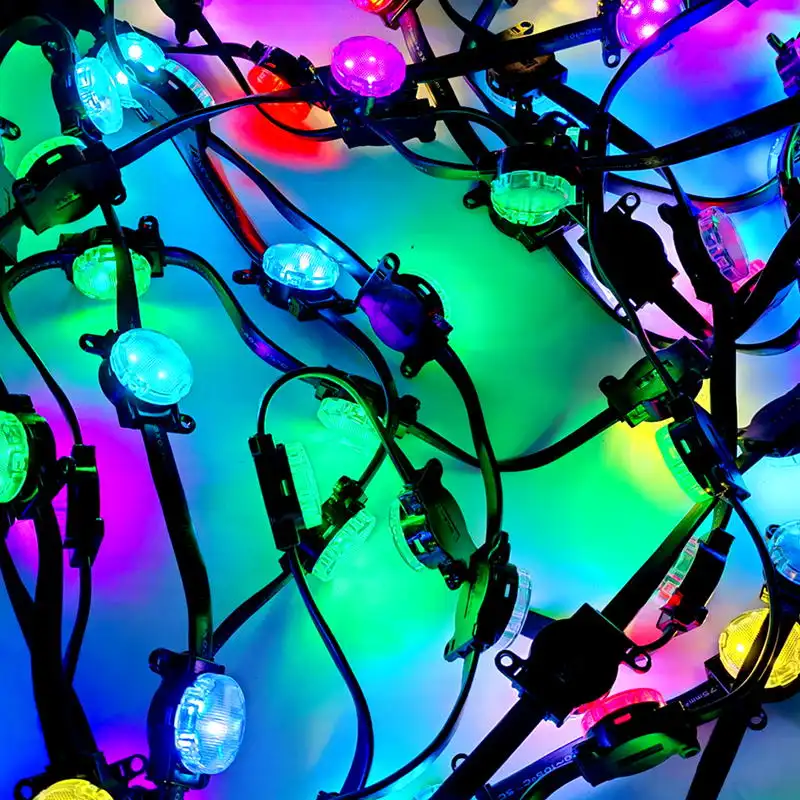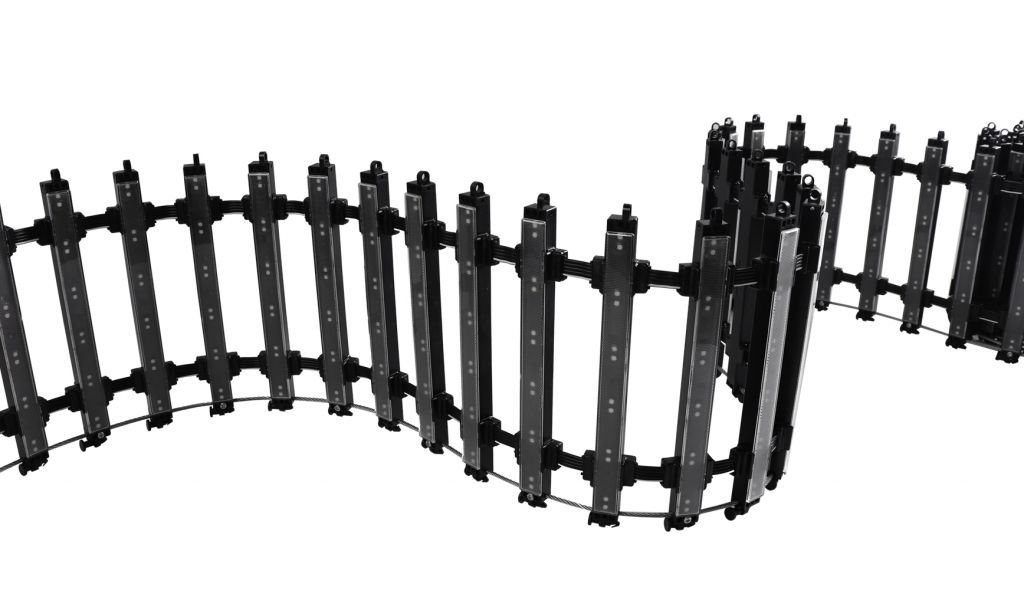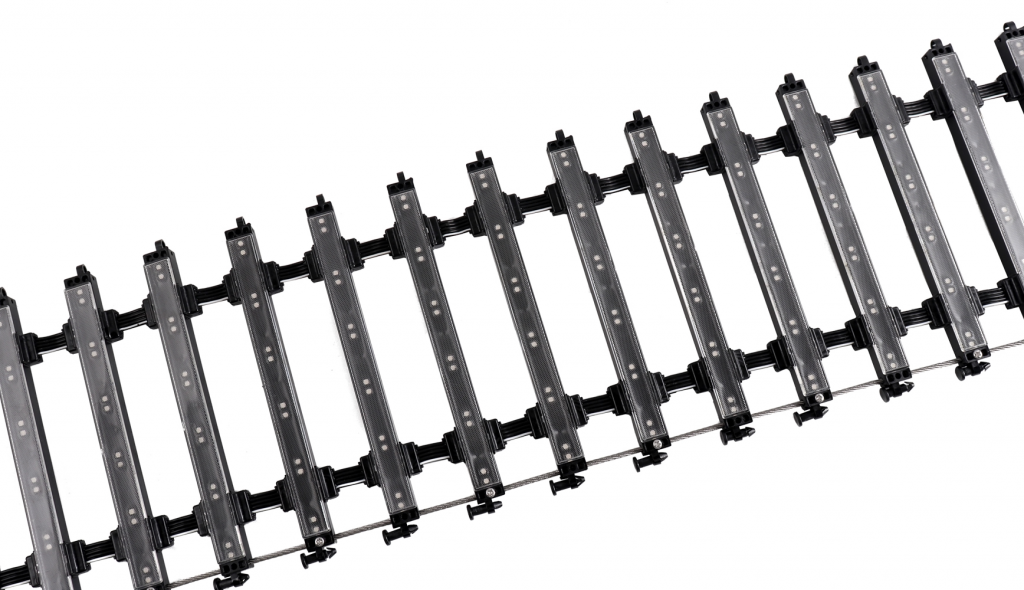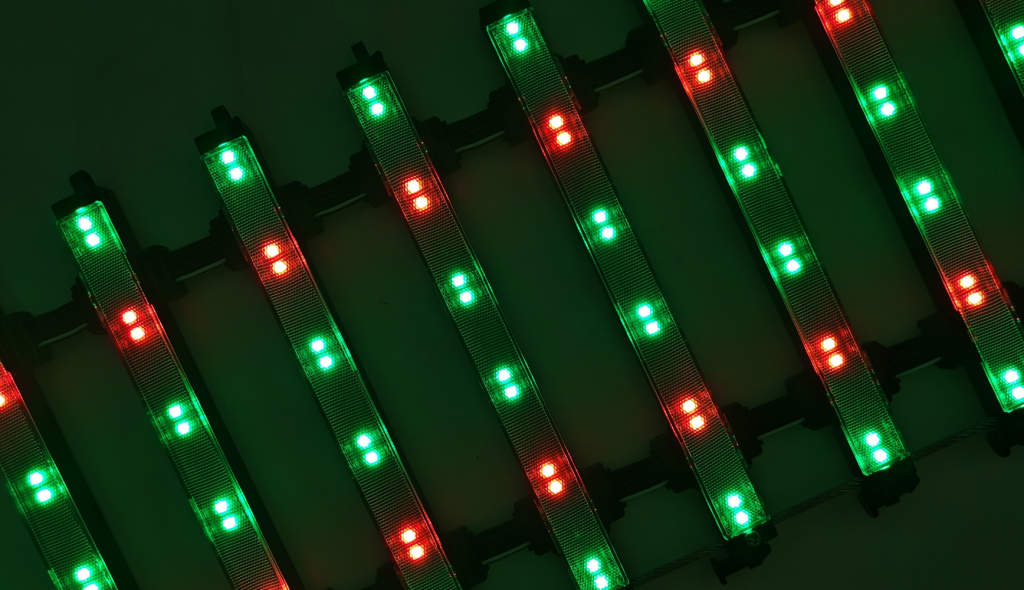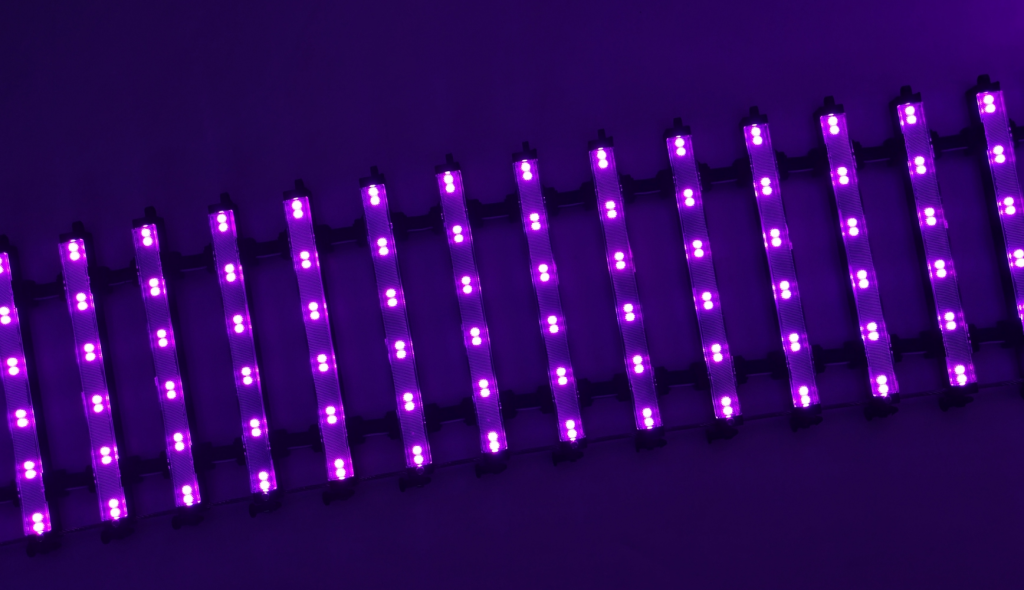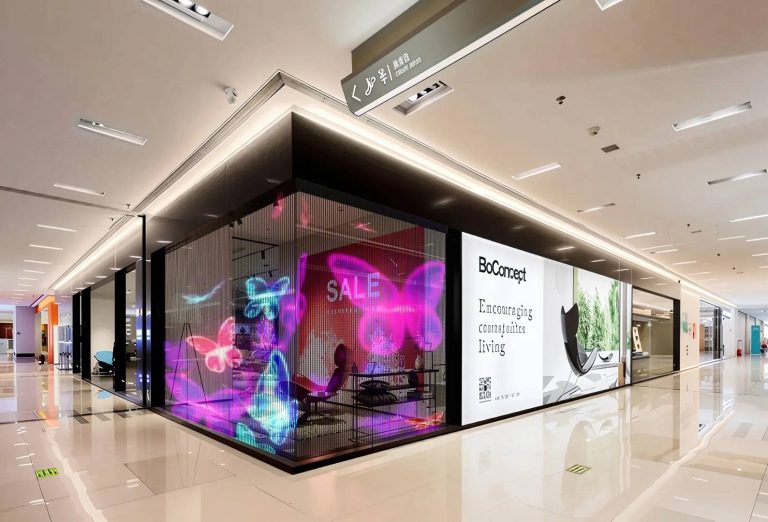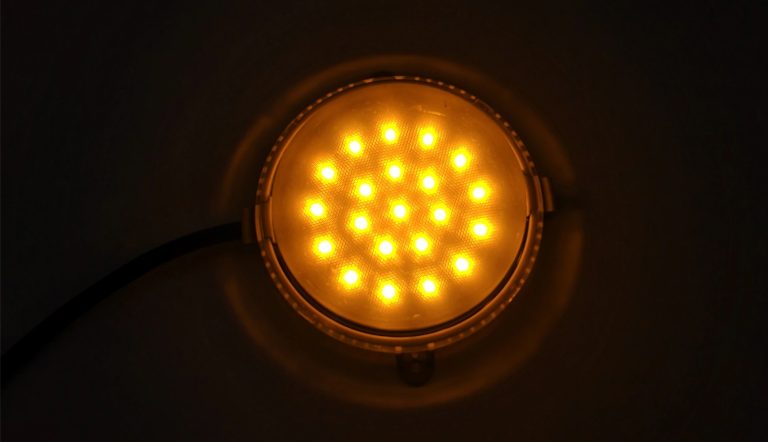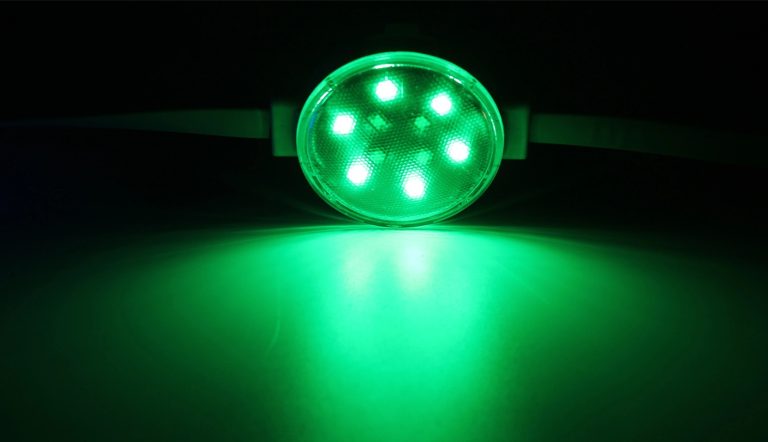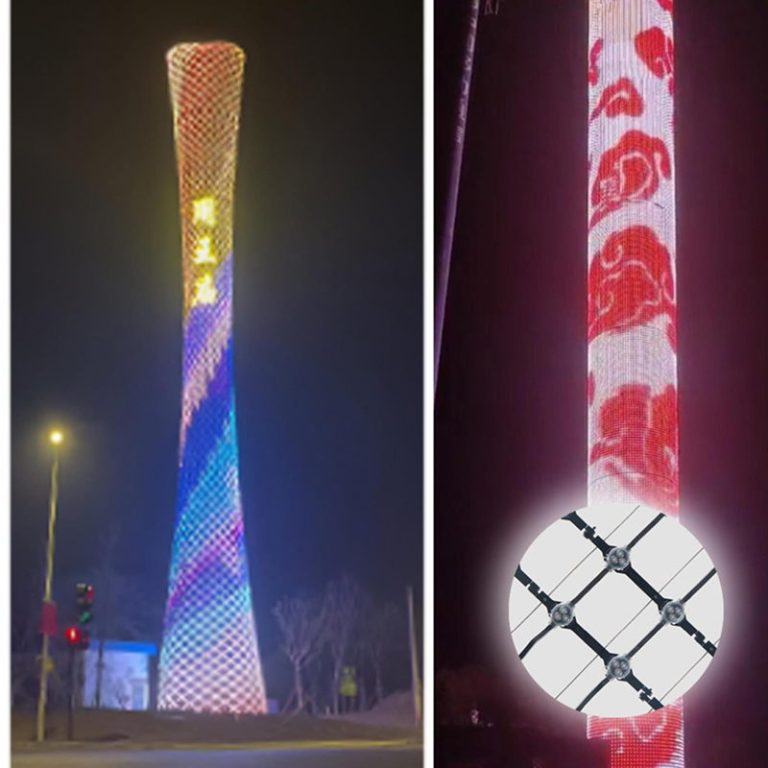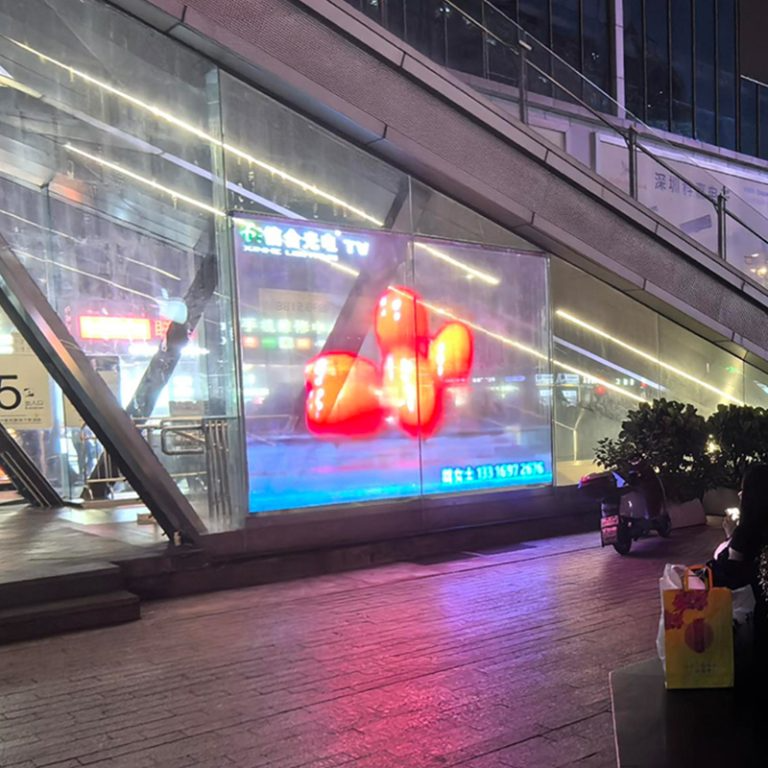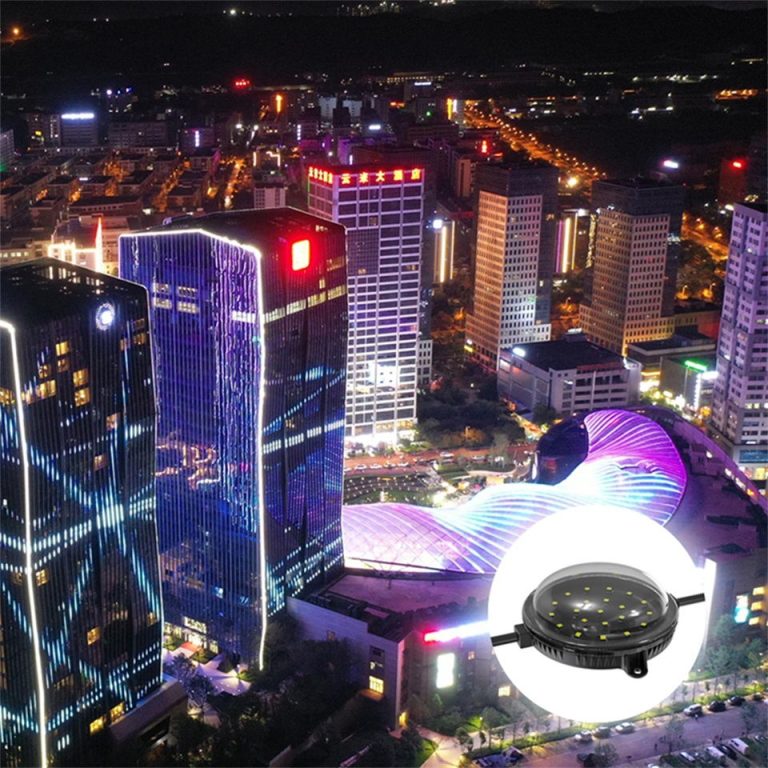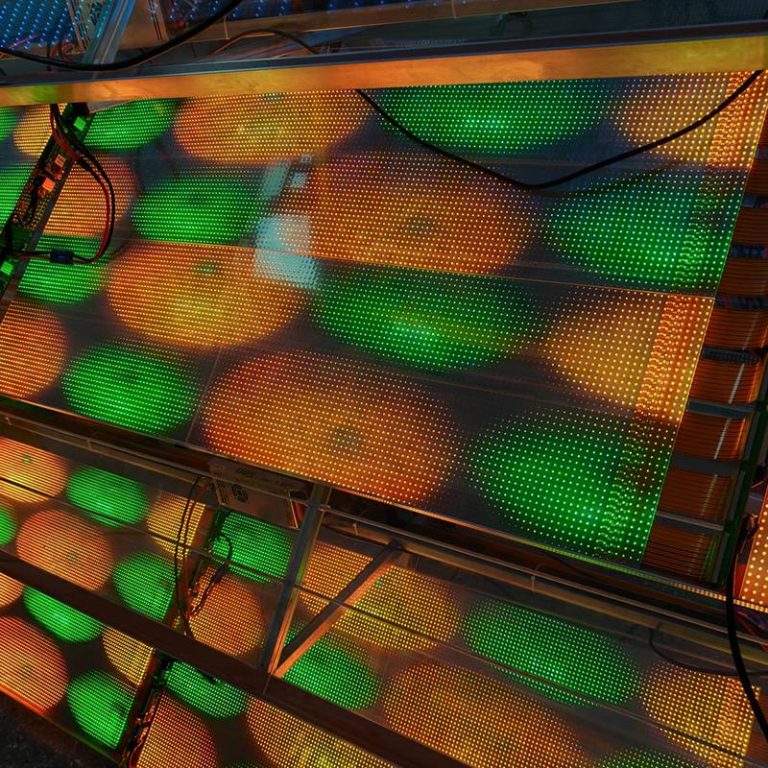Point source LEDs have transformed modern lighting with their accuracy, efficiency, and adaptability. This guide explores how they work, ways to dim them, options for controlling them, and important factors for smooth integration. It also highlights how XinHe’s advancements tackle industry obstacles.
What Are Point Source LEDs and How Do They Function?
Point source LEDs produce focused light from a small area. This allows excellent beam control. Their bright, directed output suits architectural and commercial uses where precision is key.
Core Characteristics of Point Source LED Technology
Point source LEDs shine light from a tiny, concentrated spot, often looking like a single dot of illumination. This makes them perfect for tasks needing accurate beam control and focused light. They are bright, small, and highly directed. These traits let designers shape light with great precision. As a result, they work well for both decorative and practical purposes.
Applications Across Architectural and Commercial Lighting
Point source LEDs are widely used in architectural lighting where flexibility in design matters. They light up building exteriors, signs, pathways, and accent features because they create sharp shadows and clear beams. XinHe has been innovating constantly, and on the basis of exposed lights, it has upgraded the miniature point light source with anchor nails, which has won many praises in the industry and is widely used. Their small size also fits into tight or uniquely shaped spaces.
Advantages Over Traditional Lighting Sources
Compared to older options like incandescent or fluorescent lights, point source LEDs are more energy-saving and last longer. They turn on instantly without needing warm-up time. They also show colors more vividly. Their low heat makes them safer for enclosed or delicate settings.
XinHe’s advancements in miniature point light sources meet the industry’s need for small size and flexible mounting while keeping high performance in various architectural settings.
How Does Dimming Work with Point Source LEDs?
Dimming LEDs requires careful control of current or voltage to prevent flickering. Methods like PWM and CCR balance performance with energy savings. Matching drivers and dimmers is vital for the best results.
Electrical Principles Behind LED Dimming
LED dimming controls the amount of electrical current or voltage sent to the LED driver. LEDs depend on current, so dimming must be precise to avoid flickering or damage. The dimmer adjusts either the strength or duration of power to lower brightness.
Compatibility Considerations with Dimming Drivers
A key challenge is ensuring dimmers and drivers work together. Incompatible systems can cause flickering or limited dimming ranges. It’s crucial to match driver specifications, such as constant current or constant voltage, with the chosen dimming method.
Common Dimming Techniques Used in the Industry
Dimming point source LEDs needs careful control to maintain performance and avoid flickering.
Pulse Width Modulation (PWM)
PWM quickly turns the LED on and off at varying intervals. The human eye sees this as a change in brightness based on how long the LED stays on in each cycle.
Constant Current Reduction (CCR)
Also called analog current dimming, CCR lowers the current flowing through an LED to reduce brightness. It keeps voltage steady during this process.
Analog Dimming
Analog dimming adjusts input voltage directly. However, it may be less precise than PWM or CCR methods.
XinHe tackles common issues like driver-dimmer mismatches by offering customized solutions. These ensure smooth integration across various control methods.
What Control Options Are Available for Point Source LEDs?
Control systems range from wired options like 0-10V, DALI, and DMX to wireless ones like Zigbee and Wi-Fi. The best choice depends on scalability, ease of setup, and integration with smart environments.
Wired Control Protocols for LED Systems
Wired control systems offer dependable and stable communication for point source LED setups.
0-10V Dimming
This analog method sends a variable DC voltage, between 0 and 10 volts, to an LED driver to adjust brightness. It’s simple but needs dedicated wiring.
Digital Addressable Lighting Interface (DALI)
DALI allows digital communication between fixtures and controllers using a two-wire system. It supports individual addressing and scene setting for complex setups.
DMX512 Control Systems
Originally created for stage lighting, DMX512 provides precise control over multiple channels per fixture. It’s ideal for dynamic displays involving color changes or motion effects.
Wireless Control Solutions for Modern Installations
As smart lighting grows, wireless control systems bring flexibility and ease to point source LED setups.
Zigbee and Bluetooth Mesh Networks
These mesh-based wireless systems enable decentralized control over large networks of fixtures with little delay. They are scalable and fit well in smart building systems.
Wi-Fi Based Smart Controls
Wi-Fi systems allow remote access through mobile apps or cloud platforms. However, they may face signal interference compared to mesh networks.
XinHe supports both wired protocols like DMX512/DALI and modern wireless options like Zigbee/Bluetooth Mesh. This ensures versatile control choices tailored to client needs.
How to Choose the Right Dimming and Control System?
Choosing a system depends on project goals, driver compatibility, and environmental factors. Whether focusing on ambiance or automation, aligning technology with needs ensures lasting reliability.
Evaluating Application Requirements and Lighting Goals
Start by considering whether the project focuses on creating ambiance, saving energy, providing precise task lighting, or adding decorative effects. For example, hospitality spaces may need smooth dimming transitions. Industrial settings, however, may prioritize strong control reliability.
Assessing Driver Compatibility and System Integration Needs
Ensure selected drivers support the chosen dimming method, like PWM or analog. They should also work well with other building automation systems if needed.
Environmental Factors That Influence Selection
Think about installation conditions like humidity, temperature, or risks of electromagnetic interference. Physical access limitations also matter when choosing between wired and wireless systems.
XinHe assists clients in navigating these choices. It offers expert advice to align product features with environmental limits and lighting goals.
What Challenges Arise When Controlling Point Source LEDs?
Issues like flickering, signal interference, and mismatches with older systems are common. Proactive testing and tailored solutions, like XinHe’s flicker-free drivers, help overcome these problems.
Flicker Issues in Low-Dimming Scenarios
Flickering often happens when an incompatible dimmer fails to maintain steady output at low brightness. To avoid this, select components tested together under real-world conditions.
Signal Interference in Wireless Control Systems
Wireless controls can face interference from overlapping frequencies, like those from Wi-Fi routers or other devices. This can cause delayed commands or dropped signals.
Load Compatibility with Legacy Infrastructure
Upgrading older buildings may lead to load mismatches. Older wiring may not support modern low-wattage LED fixtures. This can cause issues like ghosting or switches that don’t work.
XinHe addresses these challenges through strict testing. Its flicker-free drivers perform well even at low dim levels. It also offers drivers compatible with older systems for retrofit projects.
How Is Shenzhen XinHe Lighting Optoelectronics Co., Ltd Supporting the Market?
XinHe blends research excellence with customizable products. It provides global clients with cutting-edge point source LEDs, supported by strong technical assistance and flexible control options.
Overview of Shenzhen XinHe’s Product Portfolio in Point Source LEDs
Shenzhen XinHe offers a wide range of point source LEDs for building exteriors, landscape features, sign backlighting, and custom OEM uses. These produits include innovative mounting systems like anchor nails for flexibility across surfaces.
Commitment to Quality, R&D, and Customization Capabilities
With ongoing investment in research facilities, XinHe delivers tailored lighting solutions. These meet specific project needs, from adjusting beam angles to using materials suited for harsh environments.
Global Supply Reach and Technical Support Services
XinHe has international shipping capabilities and multilingual engineering teams. These provide expert guidance from design to post-installation. Clients receive timely delivery and support throughout all project stages.
XinHe’s global presence and local customization ensure clients get high-quality products. They also receive full support to handle technical challenges.
Conclusion
Point source LEDs offer unmatched accuracy in lighting with flexible control options. They are essential for architectural design. However, achieving the best performance requires careful coordination of drivers, dimmers, and protocols. Environmental factors also matter. With a strong focus on innovation and customer-focused engineering, Shenzhen XinHe Lighting Optoelectronics Co., Ltd empowers designers worldwide. It provides reliable products and deep technical expertise.
FAQs
What is the lifespan of a point source LED under typical dimming conditions?
High-quality point source LEDs can last 50,000 hours or more under normal use, including regular dimming. This assumes they operate within recommended electrical limits using compatible drivers.
Can I retrofit existing lighting systems with point source LEDs using wireless controls?
Yes, but success depends on checking the existing setup. Wiring quality and fixture types must be evaluated before adding wireless technologies like Zigbee or Wi-Fi controllers.
Do all point source LEDs support all dimming methods?
No, not every point source LED works with all dimming methods like PWM or analog reduction. Always check manufacturer datasheets or consult trusted suppliers like XinHe to confirm compatibility before use.

